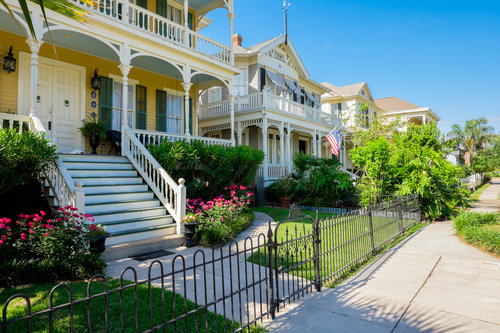Home prices in the Texas market remained among the strongest in the U.S., according to the latest Case-Shiller Home Price Indices from Standard & Poor’s.
From June to July, Dallas prices rose 0.7 percent, while year-over-year, prices rose 8.3 percent. S&P does not track Houston’s market, but the Dallas numbers show that the Texas marketplace continues to progress in 2016.
Here is how Dallas’ home prices compared with other metro areas:
| Metro Area | June-July Price Change | YOY Price Change |
|---|---|---|
| Atlanta | 0.4% | 5.3% |
| Boston | 0.6% | 4.2% |
| Chicago | 0.9% | 3.7% |
| Dallas | 0.7% | 8.3% |
| Denver | 0.9% | 9.4% |
| Los Angeles | 0.6% | 5.5% |
| Miami | 0.4% | 7% |
| New York | 0.6% | 1.7% |
| Phoenix | 0.8% | 5.2% |
| U.S. Average | 0.7% | 5.1% |
Home prices on the national scene
Nationwide, home prices offered little surprises:
- The National Home Price Index rose 5.1 percent year-over-year in June, while the 10- and 20-City Composites rose 4.2 and 5.0 percent, respectively.
- From June to July, the National Index rose 0.7 percent, and the 10- and 20-City Composites were up by 0.5 and 0.6 percent.
- Once seasonal adjustments were considered, though, the scenario was not quite as rosy – the National Index was still up 0.4 percent, but the 10-City Composite was down 0.1 percent, while the 20-City was unchanged.
No housing bubble in sight
In his analysis accompanying S&P’s report, David M. Blitzer, the managing director and chairman of the Index Committee at S&P Dow Jones Indices, said that even with prices rising, the market is not in bubble territory.
“The S&P CoreLogic Case-Shiller National Index is within 0.6 percent of the record high set in July 2006. Seven of the 20 cities have already set new record highs,” Blitzer said. “Given that the overall inflation is a bit below 2 percent, the pace is probably not sustainable over the long term. The run-up to the financial crisis was marked with both rising home prices and rapid growth in mortgage debt. Currently, outstanding mortgage debt on one-to-four family homes is 12.6 percent below the peak seen in the first quarter of 2008 and up less than 2 percent in the last four quarters. There is no reason to fear that another massive collapse is around the corner.”

